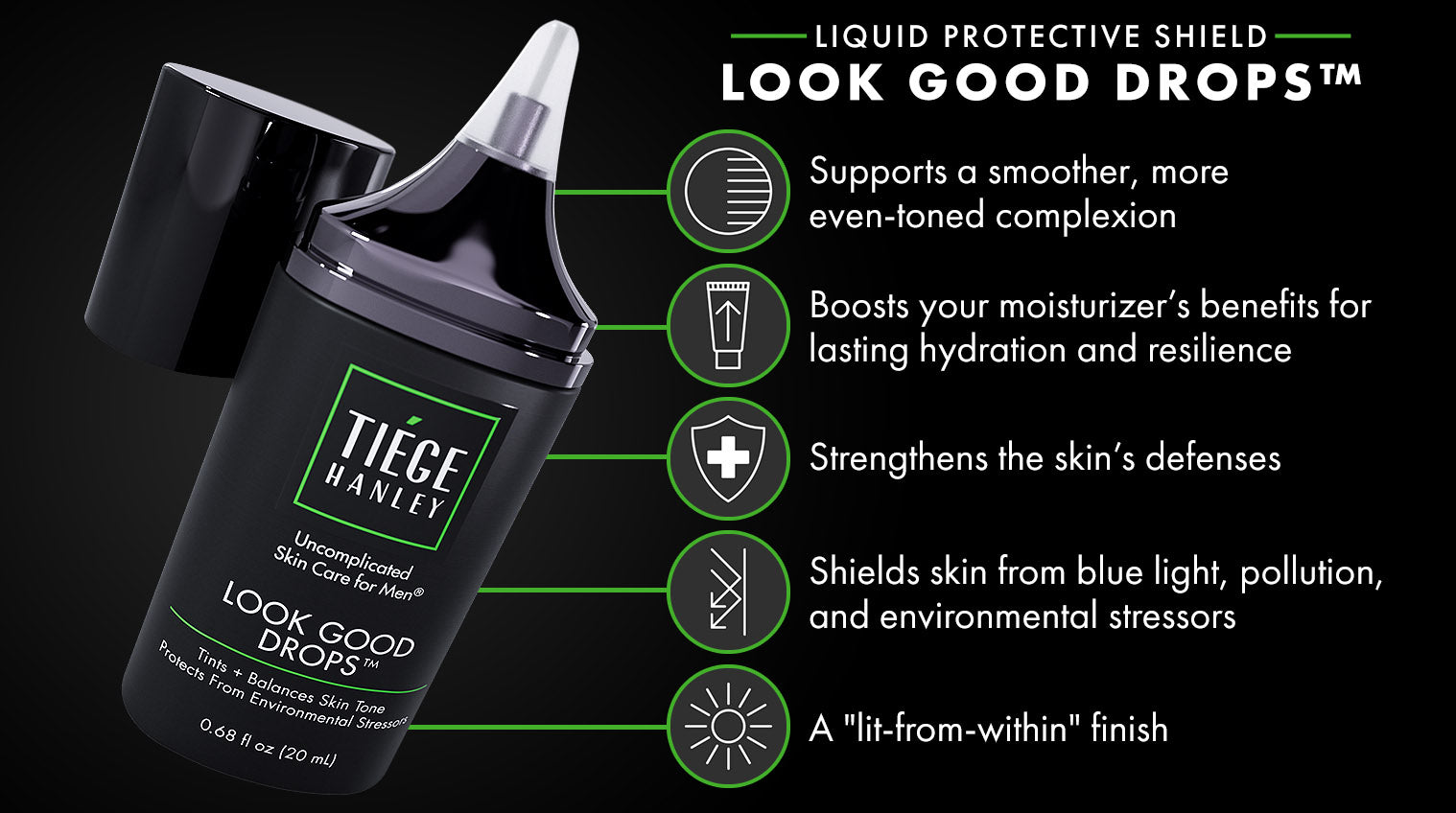When one of your moles begins to itch, it’s easy to jump to the worst possible conclusion. Skin cancer is extremely common in the United States, and one of the warning signs of the disease is moles that itch.
While skin cancer is not something you want to shrug off, it’s also important to keep in mind that moles can itch for a variety of reasons that are unrelated to skin cancer.
Here are three things you should know about itchy moles:
- Although itchy moles don’t necessarily mean skin cancer, it’s still important to get them examined by a dermatologist.
- Other potential causes of itchy moles include a change in skin care products and irritating laundry detergent.
- Treatment for itchy moles may include a doctor cutting or shaving the mole, followed by a biopsy.
TRY MEN’S SKIN CARE
What Causes Itchy Moles?
Itchy moles are by no means uncommon, especially if you have a significant number of raised moles. Moles that are raised can stick out and rub against your clothing, causing them to become irritated and itchy.
Other potential causes of itchy moles can include the following:
Skin Care Products: Have you changed up your skin care routine recently? Some skin care products contain artificial fragrances and preservatives which can be irritating to the skin. If your itchy moles are accompanied by a red rash, you may want to ditch your current products and upgrade your skin care system to something gentler on the skin.
Laundry Detergent: While your laundry detergent may smell good, it can also make your skin dry and itchy. Moles that are raised are more likely to come into contact with your clothing, resulting in itching and burning.
Skin Cancer: Itchy moles can be a sign of skin cancer, especially when accompanied by crusting, bleeding and scaly patches of the skin. On a somewhat positive note, your itchy mole is less likely to be melanoma, the most dangerous type of skin cancer.
According to a 2014 study published in JAMA Dermatology, researchers examined 268 patients with confirmed cases of skin cancer and found that itchiness was more commonly associated with nonmelanoma skin cancers than melanoma (see claim: “…prevalence of itch and pain…were mostly absent in melanomas.”)
Don’t let this fool you into a false sense of security. Melanomas can be itchy as well, so don’t delay scheduling a skin cancer screening with your dermatologist.
Watch for These Symptoms
Itchy moles by themselves are usually nothing to stress over. The real cause for concern is when your itchy moles are accompanied by more alarming symptoms such as bleeding, oozing, hardening, pain and crusting over.

Additionally, sudden changes in moles (such as color or size) can be another red flag for skin cancer. Knowing the ABCDEs of melanoma is key to monitoring changes in your skin and catching melanoma early before it can spread.
As scary as all this may sound, it’s important to point out that changes in moles over time are normal. A 2018 study published in JAMA Dermatology found that atypical moles are not necessarily precursors to melanoma, but merely a risk factor (see claim: “No cases developed into [cutaneous melanoma] at biopsy sites, with a mean (SD) follow-up time of 6.9 (3.4) years.”)
Take the skin care quizTreatment Options for Itchy Moles
If your itchy mole is caused by irritating skin care products, the solution is relatively straightforward. Switching to skin care products containing high-quality ingredients is often enough to make the itchiness go away.
For itchy moles that are potentially cancerous, doctors will likely want the mole removed and biopsied. The two primary ways of doing this include the following:
Surgical Excision: The doctor numbs the area and cuts away the mole, followed by suturing the wound.

Surgical Shave: With a surgical shave procedure, the doctor numbs the area and shaves the mole with a thin blade. The wound is usually minor and left to heal on its own.
While your mole removal will likely result in a tiny scar that is hardly noticeable, you may also develop a keloid scar. This type of scar forms when the body’s wound-healing process goes overboard, resulting in a raised scar that exceeds past the wound site.
Prevention Is Key
If you don’t want to deal with itchy moles or keloid scars, your best option is to prevent them from happening in the first place. Moles are simply a cluster of cells called melanocytes that can divide and grow after too much sun exposure.
Limiting your sun exposure during the sun’s peak hours and using a daily moisturizer containing SPF can reduce the potential for melanocytes to mutate. Not only will this lower your mole count for less itchy moles, it can also reduce your risk of developing skin cancer.








